New on LowEndTalk? Please Register and read our Community Rules.
All new Registrations are manually reviewed and approved, so a short delay after registration may occur before your account becomes active.
All new Registrations are manually reviewed and approved, so a short delay after registration may occur before your account becomes active.




















Comments
SPACE FACTS
Neptune takes nearly 165 Earth years to make one orbit of the Sun.
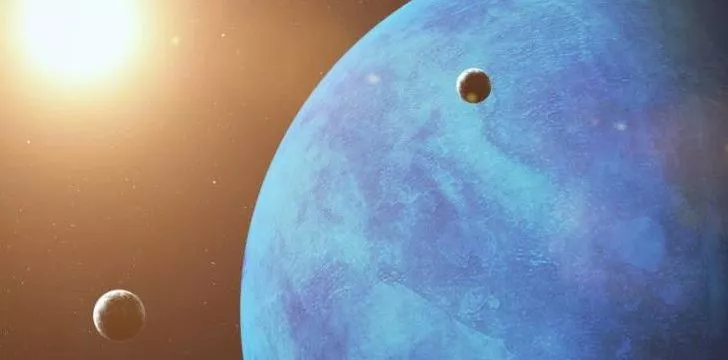
That’s equivalent to 60,190 Earth days to orbit the sun once! Neptune has a very slow orbital speed of 3.37 miles per second (5.43 km/s).
This means that since it was discovered in 1846, it has only completed just one orbit!
You may also like these interesting facts about Neptune that are outta this world!
SPACE FACTS
Pluto’s largest moon, Charon, is half the size of Pluto.
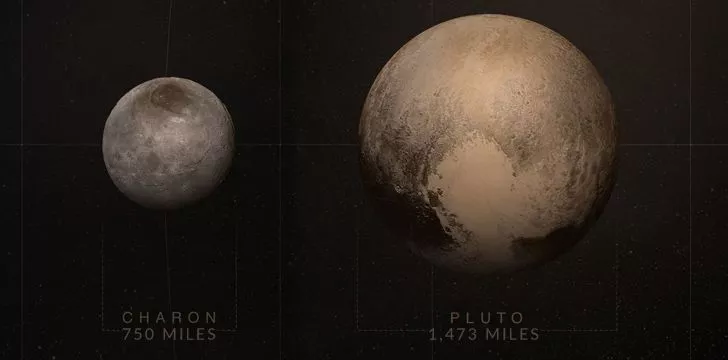
The same surfaces of Charon and Pluto always face each other, which is known as mutual tidal locking.
WELCOME TO PAGE 180 - THE PAGE OF 70 SEXTILLION SPACE FACTS !!
SPACE FACTS
The International Space Station is the largest manned object ever sent into space.
SPACE FACTS
A day on Pluto is lasts for 153.6 hours long.
This equates to 6 days 9 hours and 36 minutes. A day on Pluto lasts so long because of its slow rotation rate.
Check out these other interesting space facts about the Dwarf Planet, Pluto.
SPACE FACTS
Saturn is the second largest planet in our solar system.
It has a radius of 36,184 miles (58,232 km) – nine times that of Earth.
However, due to its low density it only has a weight roughly one-eighth of Earth.
SPACE FACTS
Any free-moving liquid in outer space will form itself into a sphere.
This is because of something called surface tension, which is an imbalance of intermolecular attractive forces.
This can also occur in low Earth orbit.
SPACE FACTS
Mercury, Venus, Earth & Mars are known as the “Inner Planets”.
They are named the Inner Planets because they orbit closest to the Sun.
An inner planet is classified as a planet located within the asteroid belt.
SPACE FACTS
We know more about Mars and our Moon than we do about our oceans.
We have fully mapped 100% of the surface of Mars and Earth’s Moon, whereas we have only been able to map roughly 5% of the ocean floor.
SPACE FACTS
The Black Arrow is the only British satellite to be launched using a British rocket.
Black Arrow was developed during the 1960’s and was used for four launches between 1969 and 1971.
In 2019 it was retrieved from its crash landing site in the Australian outback and put on a display Penicuik, Scotland.
SPACE FACTS
Only 5% of the universe is visible from Earth.
68% of the universe is dark energy and 27% is dark matter. Both of these are invisible, even with a telescope, which means we are only able to see 5% of the universe.
SPACE FACTS
Light travels from the Sun to the Earth in less than 10 minutes.The Photons emitted from the Sun’s surface travel across the vacuum of space at the speed of light to reach our eyes in only 8 minutes and 20 seconds.
SPACE FACTS
At any given moment, there are at least 2,000 thunderstorms happening on Earth.
Worldwide, there are an estimated 16 million thunderstorms each year.
Roughly 100,000 of these thunderstorms happen in the U.S. alone.
You can read more strange facts about thunder and lightning here.
SPACE FACTS
The Earth’s rotation is slowing slightly as time goes on.
This means that days were shorter in the past. This is because of the tidal effects the Moon has on the Earth’s rotation.
SPACE FACTS
If you were driving at 75 miles per hour, it would take 258 days to drive around Saturn’s rings.
Saturn’s rings are roughly 175,000 miles long, although they are only about 3,200 feet thick.
You can find out more interesting facts about Saturn’s rings here!
SPACE FACTS
Outer Space is only 62 miles away.
Although there is no official solid boundary for where space begins, the Kármán line sits at 62 miles above sea-level and is conventionally used as the start of outer space in space treaties or for aerospace records keeping.
SPACE FACTS
The International Space Station circles Earth every 92 minutes.
The speed of the ISS as it orbits Earth is roughly 17,150 miles per hour – that equates to 5 miles a second!
SPACE FACTS
Stars twinkle because of the way light is disrupted as it passes through Earth’s atmosphere.

Starlight is affected by the winds in our atmosphere as it enters, as well as being affected by different areas and temperatures.
This causes the light from each star to twinkle as we look at them.
SPACE FACTS
We always see the same side of the Moon, no matter where we stand on Earth.
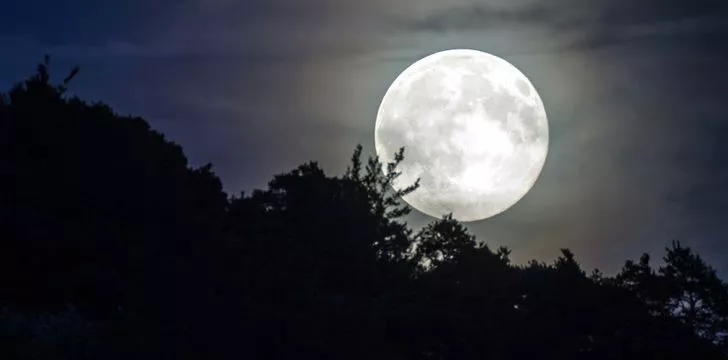
This is because the Moon rotates on its axis at the same rate that it rotates the Earth. It’s known as synchronous rotation or tidal locking.
SPACE FACTS
There are three main types of galaxies: elliptical, spiral & irregular.

The Milky Way galaxy, the one that our solar system resides in, is classified as a spiral galaxy.
SPACE FACTS
There are approximately 100 thousand million stars in the Milky Way.
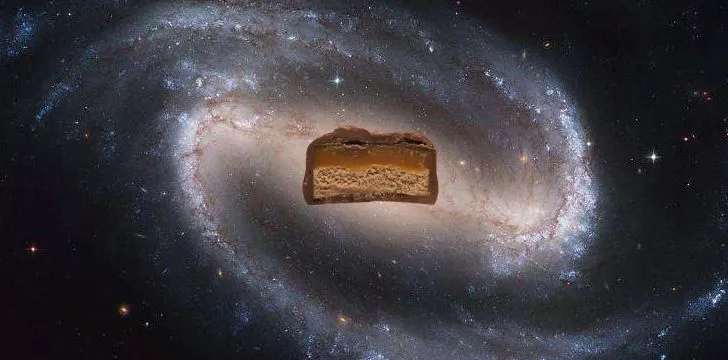
That may sound like a lot, but its nothing compared to the galaxy with the most stars in the universe, IC 1101, which has a mind-blowing 100 trillion stars!
SPACE FACTS
Using the naked eye, you can see 3 – 7 different galaxies from Earth.
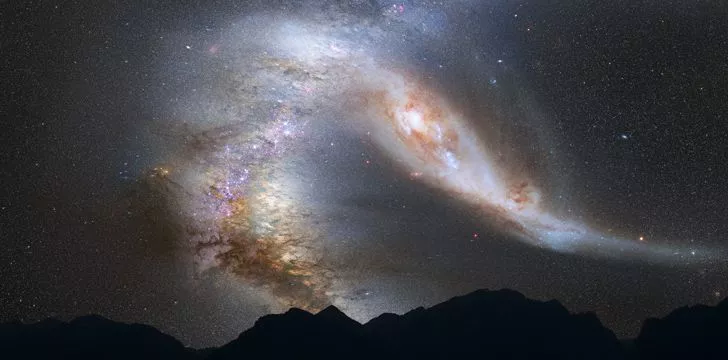
You can see the Andromeda Galaxy (M-31), both Magellanic Clouds, our own Milky Way galaxy, the Triangulum Galaxy (M-33), the Omega Centauri and the Sagittarius Dwarf Spheroidal Galaxy.
SPACE FACTS
In 2016, scientists detected a radio signal from a source 5 billion light-years away.
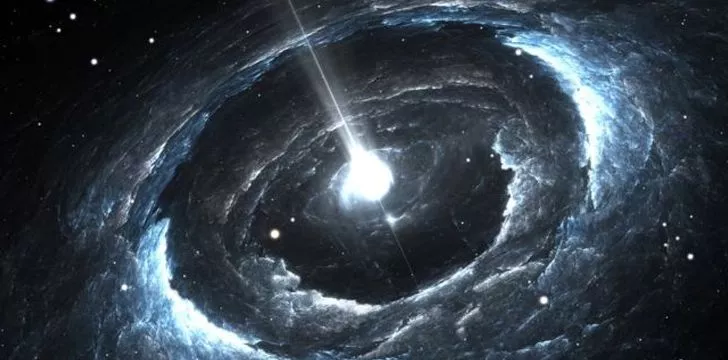
This means that when the signal started its journey, Earth didn’t even exist.
The detected signals were located using the Very Large Array (VLA) of the National Radio Astronomy Observatory in New Mexico.
I just competed my 3,700th pushup for the month, and 30,000th for the year.
At least one of 2023's New Year's resolution was completed.
LET'S GO! RACKNERD'S NEW YEAR PARTY IS ALIVE!202
Isn't 100 thousand million the same as a 100 trillion ?
I guess so. Really bad at that numbering system. We, in India, use Lakhs, Crores, etc. instead of millions, billions and trillions.
So, how many sets a day? Anyways, impressive. Stay fit, bro, and inspire us to follow in your footsteps.
I correct my self above and now think it is the same. I was not dis'ing on you I was just reading the Space Facts and was curious. We don't use billions or trillions here as well.
It varies, but on a normal day recently it is 4 sets of 40. I've been building up through the year. Did 22,000+ in 2022, hoping for 40,000 in 2024.